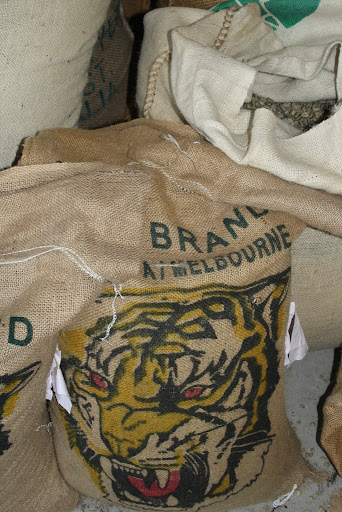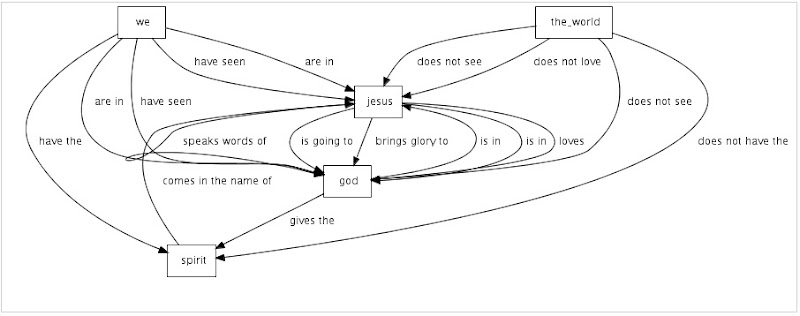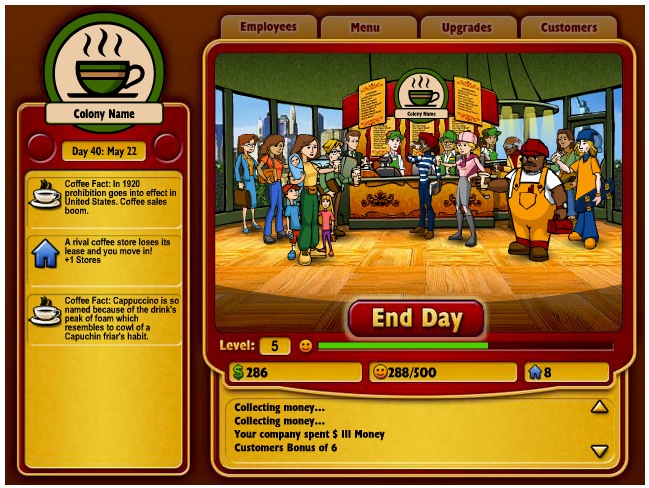
Fairtrade is good. Direct trade is better. Fair trade sets a price for farmers above market value for farmers who agree to meet certain conditions (like paying their workers, joining a co-op set up, not using pesticides… etc). Direct trade is where coffee roasters strike deals with farms which ensure a quality income and quality output are much better for the farmer and the end user. You. The drinker.
Here’s a description of the issue Fairtrade aims to solve. A glut of producers have moved into the market and flooded the world with sub par coffee at cheap prices. Traditional coffee producers lose out, because coffee production is suddenly a worthwhile industry…
The problem is what is known as the international coffee crisis. Simply put, there’s too much cheap coffee flooding the market these days. It comes from countries such as Brazil and, more recently, Vietnam, which have been using massive agribusiness techniques. Record low coffee prices have devastated long-standing coffee producers such as Guatemala. Coffee was once the country’s No. 1 source of cash — now more money comes from emigrants sending money home from the United States.
Here’s what this situation means for coffee producers (from an article from 2003):
- Between 1985 and 1995 coffee proceeds getting to countries of origin from the US fell by 40% – from 38 cents of every dollar spent to 23 cents.
- In that time the retail price of coffee increased by more than 30 percent.
- Coffee now fetches less than one sixth of the market price it did ten years ago.
- In Central America alone, as many as 600,000 coffee farmers and workers have lost their jobs as a result of the coffee crisis.
The coolest bit about this article is the little program that lets you decide how much money you think each entity in the coffee process should get from every coffee dollar you spend…
One of the things I’ve noticed in the course of my daily working life is that taking out the middle man is the new black. Direct distribution from wholesaler to purchaser is best. Taking out layers of middle men is preferable. Because producers and users get a better deal. I’ve noticed that a lot of printing companies that used to be niche printing companies are hiring designers and calling themselves one stop shops for design and printing. It makes sense. They get two bites of the cherry. They get their standard printing jobs from other designers while at the same time trying to undercut their design business…
It works for printing companies – it also works in coffee. Coffee roasters buying direct from growers is the best way forward for both quality of coffee and quality of life for those growing it.









Pip tip
I’m not sure how big the problem of improperly discarded olive pips is. It could no doubt lead to some sort of olive oil fueled apocalypse… but I like the underlying principle expressed by this image…
Perhaps in my quest to get lurkers out of the shadows I should post a comment on every post?
August 29, 2009